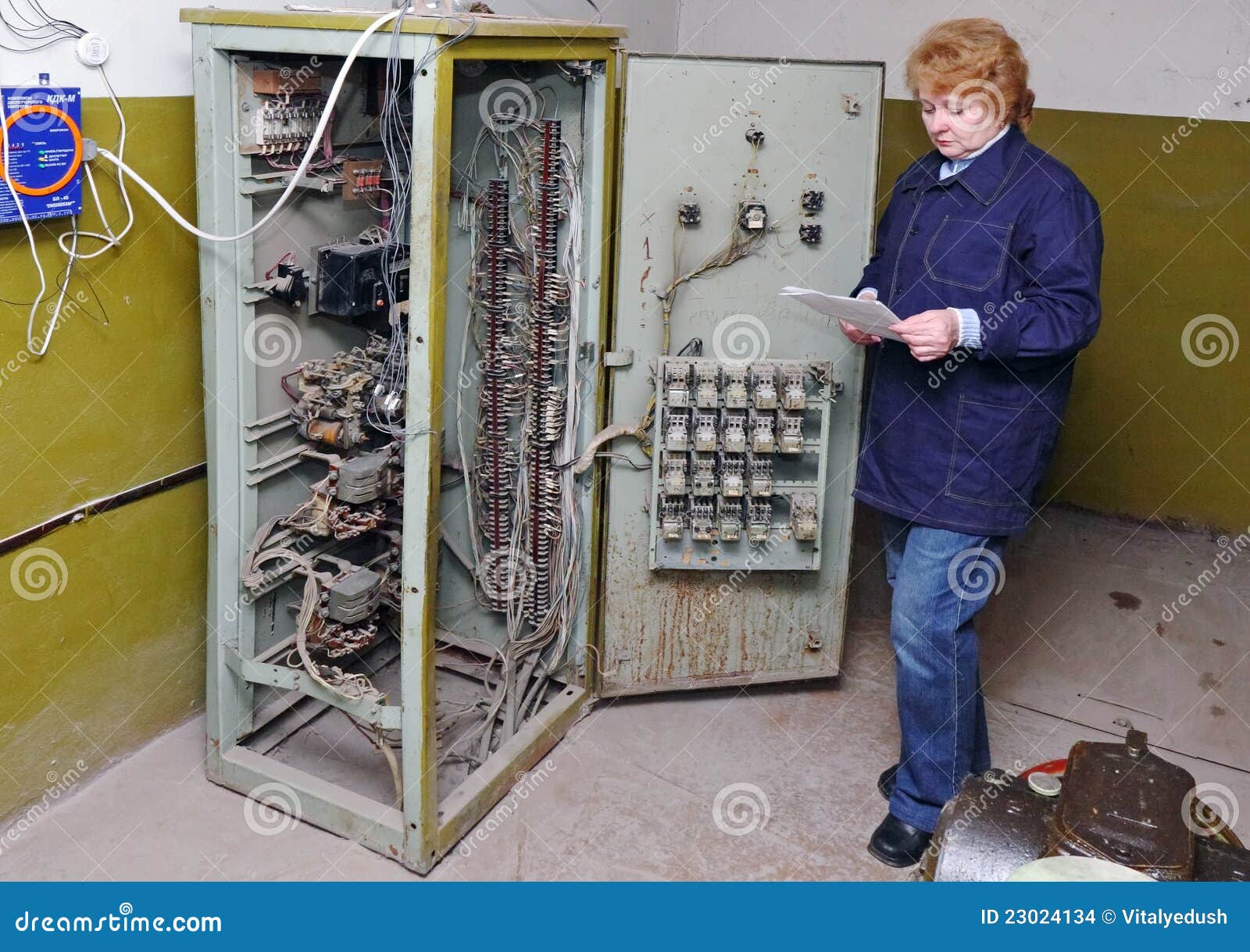Discovering the Comprehensive Measures Needed for Lift Maintenance
In the world of building maintenance, making sure the appropriate functioning and security of lifts is vital. By dealing with essential aspects such as proactive upkeep schedules, safety and security checks, and emergency situation preparedness, a comprehensive understanding of the details entailed in lift upkeep can lead to enhanced effectiveness and safety and security.
Normal Examinations
When it comes to ensuring the long life and safety and security of your lift system, routine examinations are vital. These regular checks play a vital duty in identifying any type of potential concerns prior to they intensify right into significant problems, making certain the safe and smooth procedure of the lift. By conducting regular inspections, maintenance teams can proactively address wear and tear, malfunctioning elements, or any type of various other concerns that may jeopardize the lift's efficiency or safety.
During these inspections, trained professionals thoroughly examine numerous aspects of the lift system, consisting of mechanical components, electric systems, security functions, and total structural integrity. By identifying and dealing with problems early on, these examinations aid avoid expensive repairs, downtime, or safety risks, inevitably prolonging the lifespan of the lift system and ensuring the wellness of its individuals.
Proactive Maintenance Schedules
Executing aggressive upkeep schedules is important for maximizing the effectiveness and long life of lift systems. By adhering to a proactive maintenance strategy, lift owners can resolve potential problems before they intensify right into major issues, ultimately minimizing downtime and costly repairs. Positive maintenance entails routine inspections, lubrication of relocating components, testing security features, and replacing worn parts. These scheduled maintenance jobs not only help in protecting against failures however additionally add to maintaining the lift's efficiency at optimal degrees.
A well-structured proactive upkeep timetable need to outline specific jobs, frequencies, and responsible employees. When creating these timetables to make certain the lift operates safely and efficiently, it is vital to adhere to producer suggestions and market requirements. Additionally, recording maintenance tasks and keeping comprehensive documents can offer important understandings into the lift's efficiency over time, assisting in identifying patterns and making educated maintenance decisions.

Security Conformity Checks
Guaranteeing security compliance through comprehensive checks is paramount in maintaining lift systems' reliability and guarding user well-being. Security conformity checks include an extensive assessment of various parts, including electrical systems, mechanical components, emergency situation brakes, doors, and various other essential safety and security attributes. These checks are necessary to identify any type of prospective hazards or breakdowns that might compromise the lift's procedure and put individuals in jeopardy.
Normal safety and security compliance checks need to be carried out by qualified specialists in adherence to sector regulations and standards. These checks help in identifying concerns beforehand, permitting prompt repairs and preventive upkeep procedures to be implemented. Moreover, maintaining thorough records of safety and security compliance checks is important for tracking the lift system's performance in time and showing compliance with safety and security policies.
Equipment Upgrades and Innovation
Enhancing lift systems through tools upgrades and innovation is crucial for enhancing effectiveness and safety standards in upright transportation. As innovation breakthroughs, older lift systems may come to be obsolete, causing reduced integrity and potential security risks. By buying equipment upgrades and modernization, structure proprietors can guarantee that their lifts fulfill existing market criteria and guidelines.

Along with functional advantages, devices upgrades and innovation tasks can likewise boost the appearances of the lift, supplying an extra modern and enticing experience for travelers. Ultimately, buying lift upgrades and modernization is an aggressive method towards making certain the longevity, safety, and efficiency of vertical transportation systems.
Emergency Readiness Preparation
An effective emergency preparedness strategy is vital for ensuring the safety and security and speedy feedback in case of unforeseen occurrences entailing lift systems. Emergency situation readiness preparation for lift systems includes an organized technique to alleviate threats, make sure traveler safety, and decrease downtime throughout emergency situations.
Key parts of an emergency readiness prepare for lifts include clear interaction methods, normal training for lift operators on emergency situation procedures, and regular drills to examine the performance of the plan. lift maintenance. Furthermore, the plan should outline details functions and obligations for all stakeholders entailed, including structure administration, maintenance workers, and emergency situation responders
In the occasion of a lift malfunction or entrapment, having a well-defined emergency situation strategy can help in collaborating a timely and reliable response to make sure the security and health of guests. Prompt communication, accessibility to emergency situation tools such as communication tools and emergency situation illumination, and knowledge of emptying treatments are vital elements of a thorough emergency readiness strategy for lift systems. By prioritizing emergency readiness planning, building supervisors can enhance the overall safety and security and reliability of their lift systems.
Conclusion
To conclude, the detailed actions needed for lift maintenance consist of normal evaluations, aggressive upkeep timetables, security conformity checks, equipment upgrades and innovation, and emergency situation readiness preparation. These procedures are crucial for ensuring the safety, integrity, and performance of lifts in numerous lift maintenance settings. By implementing these measures, lift proprietors can decrease the threat of accidents, expand the life expectancy of their tools, and adhere to sector policies.

During these assessments, trained specialists thoroughly examine different elements of the lift system, consisting of mechanical components, electrical systems, safety attributes, and total architectural honesty.Making certain security compliance through extensive checks is paramount in preserving lift systems' dependability and safeguarding user health. Maintaining thorough documents of safety and security compliance checks is crucial for tracking the lift system's performance over time and showing conformity with safety guidelines.
By prioritizing emergency situation preparedness planning, structure supervisors can enhance the overall safety and security and dependability of their lift systems.